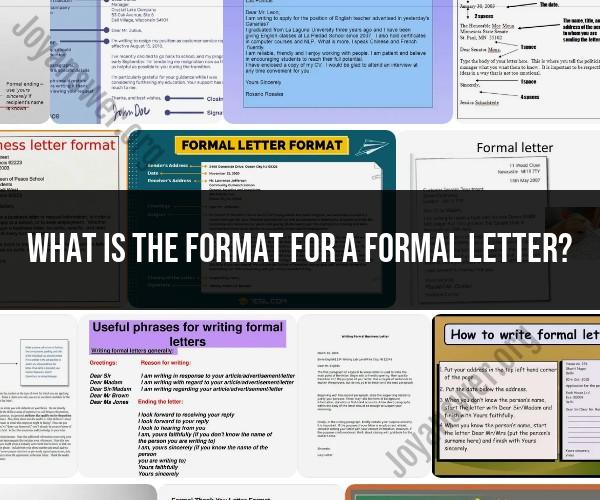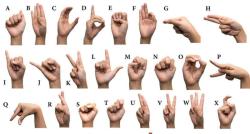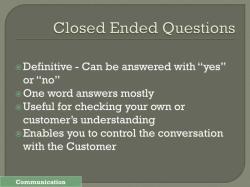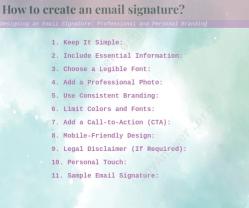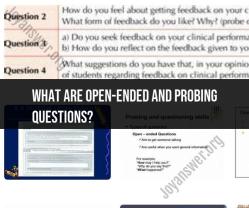What is the format for a formal letter?
Crafting a formal letter involves following a specific structure and formatting guidelines to ensure professionalism and clarity. Here's a step-by-step guide on how to format a formal letter:
**1. Sender's Address:
- Your name
- Your address
- Your city, state, ZIP code
- Your email address (optional)
- Your phone number (optional)
- Date (aligned with the sender's address)
**2. Recipient's Address:
- Recipient's name (if known)
- Recipient's title (if applicable)
- Company or organization name (if applicable)
- Street address or P.O. Box
- City, state, ZIP code
**3. Salutation:
- Dear Mr./Ms. [Last Name],
- Dear Dr. [Last Name], (for doctors)
- Dear Professor [Last Name], (for professors)
**4. Opening Paragraph:
- State the purpose of the letter in a concise manner.
- Mention any reference or context if necessary.
**5. Body of the Letter:
- Present the main points or details related to the purpose.
- Use separate paragraphs for different points or ideas.
- Keep the language clear, concise, and formal.
- Avoid using contractions and slang.
**6. Closing Paragraph:
- Summarize the key points and reiterate the purpose.
- Indicate any desired action or response from the recipient.
- Express appreciation if applicable.
**7. Complimentary Close:
- Sincerely,
- Yours truly,
- Respectfully,
- Best regards,
**8. Signature:
- Leave space for your handwritten signature.
- If sending electronically, type your full name.
**9. Typed Name:
- Your typed name (if not signed by hand)
**10. Enclosures (if applicable):
- List any documents or materials enclosed with the letter.
**11. Copy Recipients (if applicable):
- CC: [Name(s)] (carbon copy)
- BCC: [Name(s)] (blind carbon copy)
**12. Reference Line (if applicable):
- Re: [Subject of the letter]
**13. Postscript (P.S.) (optional):
- Add any additional important information.
Formatting Guidelines:
- Use a professional and legible font (e.g., Times New Roman, Arial) in 11-12 point size.
- Align text to the left and use single spacing within paragraphs.
- Double-space between paragraphs.
- Use standard letter paper (8.5" x 11").
- Maintain appropriate margins (usually 1" on all sides).
- Use a formal tone and avoid overly casual language.
- Proofread for grammar, spelling, and punctuation errors.
Remember that the format may vary slightly depending on the specific purpose of the letter and any organizational or industry-specific conventions. Following these guidelines will help you create a well-structured and appropriately formatted formal letter.
